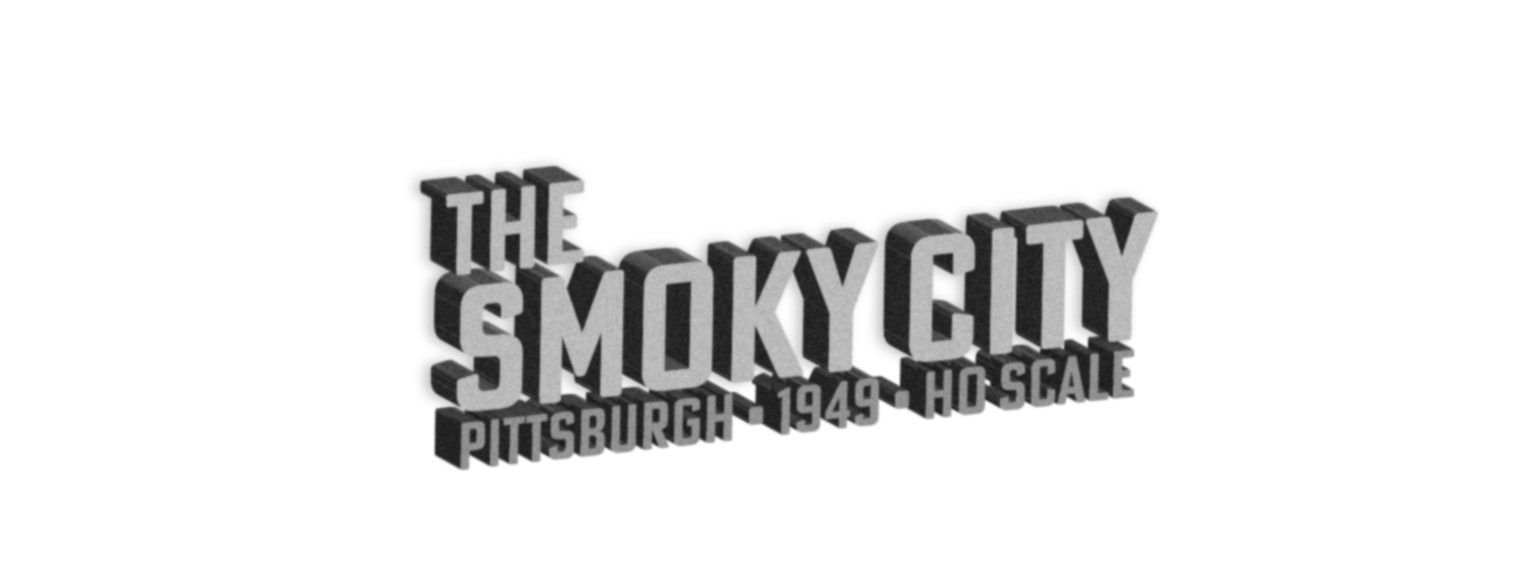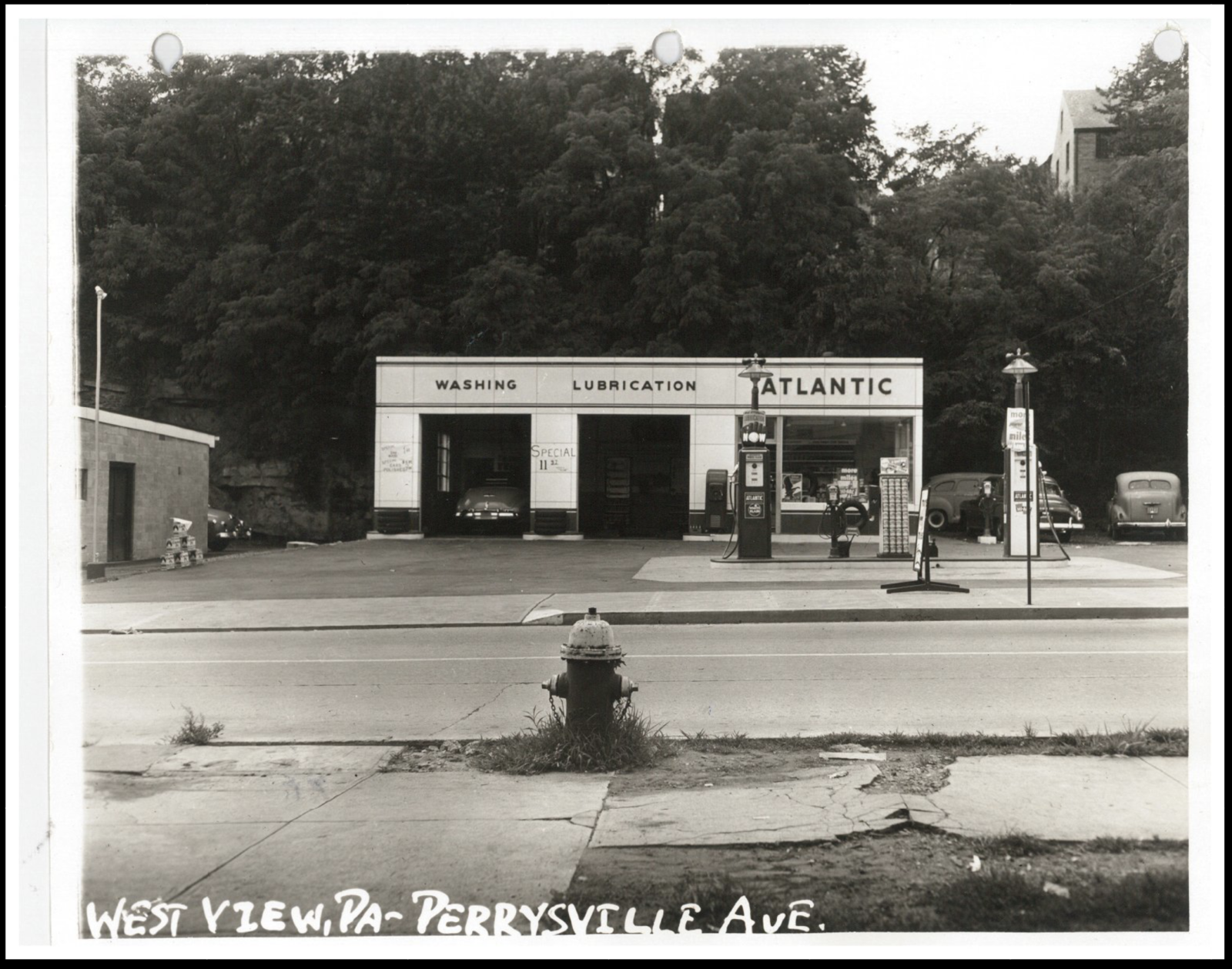One of the photos I saved from the Historic Pittsburgh site was the above photo of an Atlantic gas station on Perrysville Avenue in West View (just outside of Pittsburgh). Its simple architecture stood out to me as a good choice for my first shot at building a model structure completely from scratch. Historic photos of the areas I’m modeling show other Atlantic gas stations, and some quick Googling shows that this was a common style of gas station design, with the enameled metal panels on the front and often the same layout as the building in the photo.
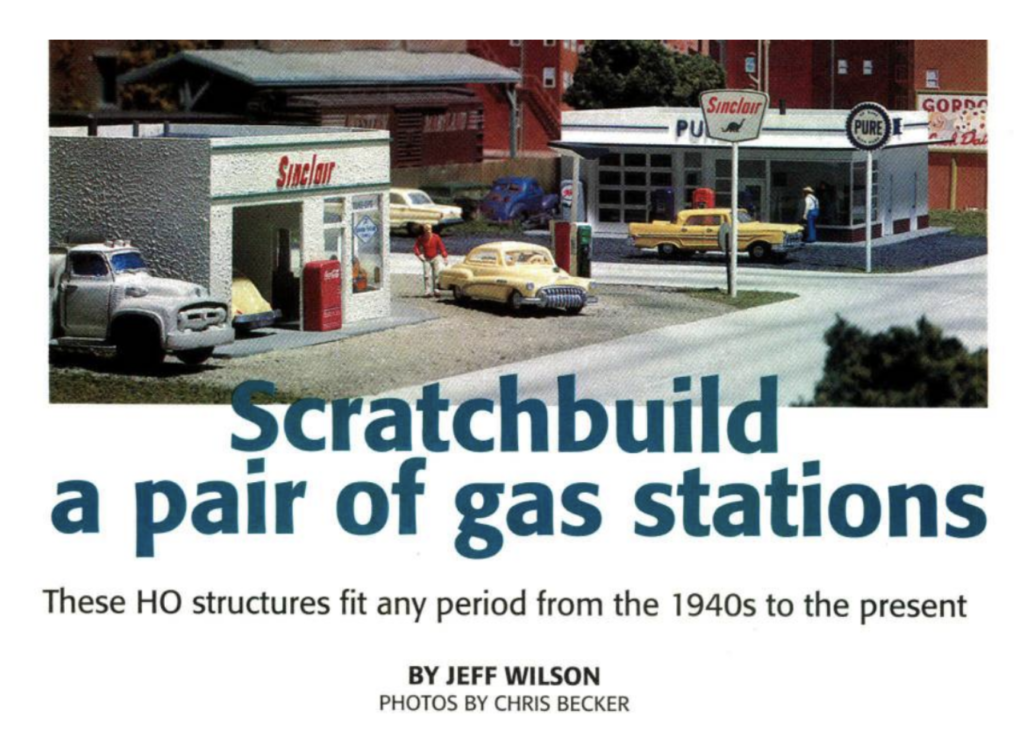
For guidance on how to model the structure, I first looked at the Crafton Avenue Service Station model kit made by City Classics. It’s a little too simplified for my taste, and has a chunky look to it, so I didn’t get much inspiration from it, and moved on. Next, I searched the Model Railroader archive and found a helpful article with plans for building a similar type of gas station (Scratchbuild a Pair of Gas Stations, by Jeff Wilson, November 1993). Prior to reading this article, I wasn’t sure how to make the raised lettering for the front of the building, and I didn’t want to use decals like in the City Classics model. The article mentioned a company in Maryland called Railway Models as a source for Slater’s Raised Letters and Numbers, and fortunately, they’re still selling them! Although they’re not the same typeface used in Atlantic’s logo, I think it’ll be close enough.
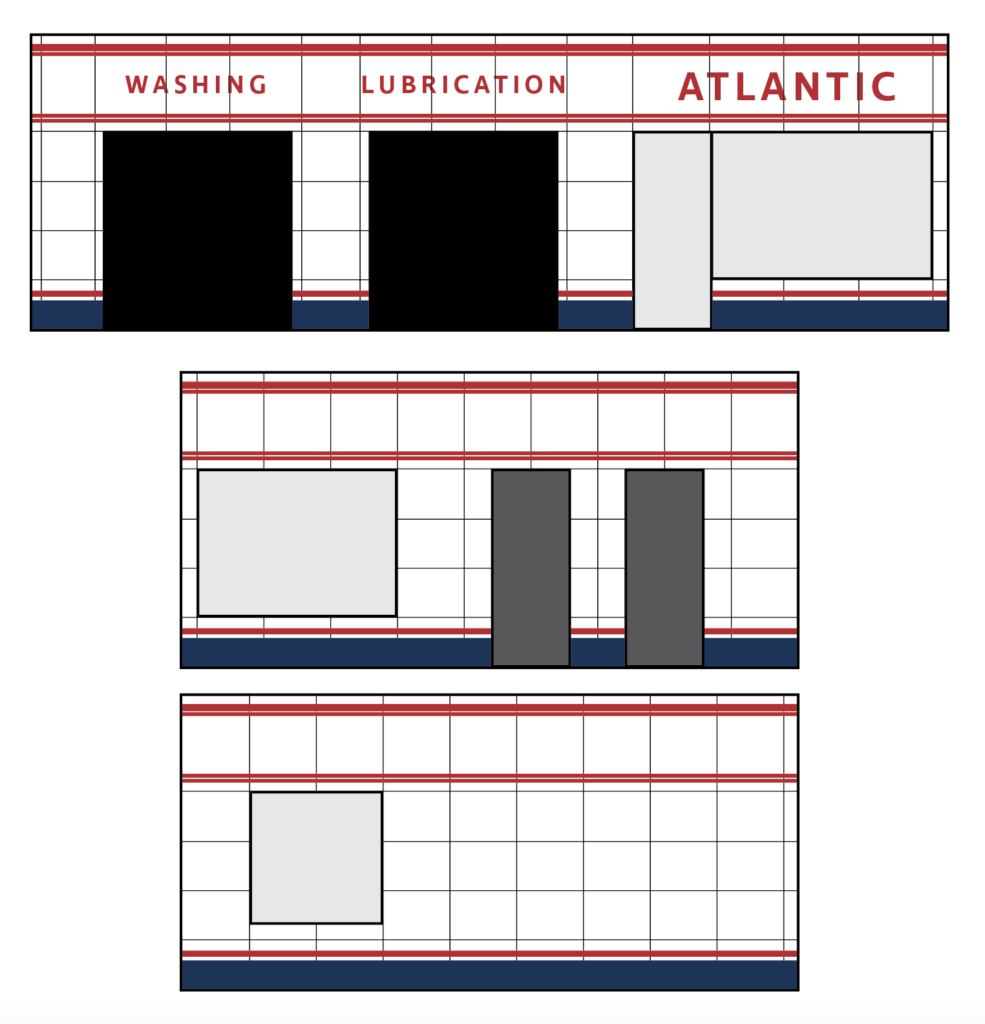
I began mocking up the building’s four exterior walls in Illustrator, drawing on top of the Perrysville Avenue photo. At this point, I hadn’t yet determined the exact size of the building’s footprint, but being a vector illustration, I can easily scale the plans to the right size once it’s known. My plan differs slightly from the one in the magazine, because I’m matching a specific prototype that had differences, such as enameled panels that only cover the front, and a small portion of the sides of the building, an additional garage door, and slight differences in the man door and windows.
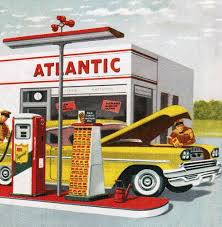
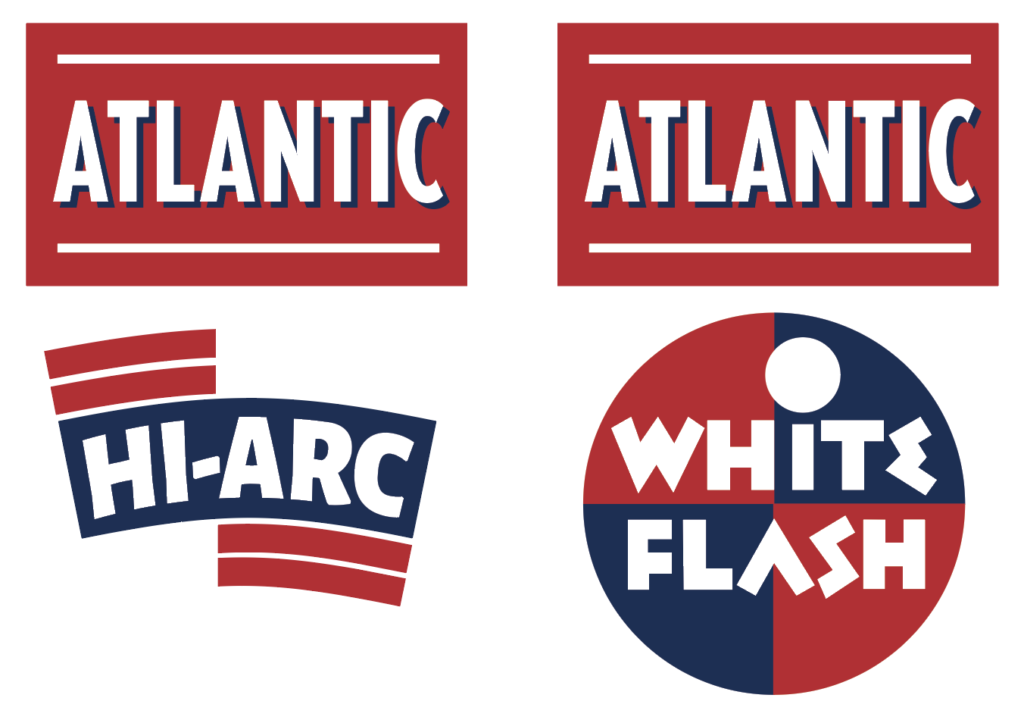
Colors were applied to the mock-up based on color photos and illustrations of other Atlantic gas stations of this style. Modern color photos of restored Atlantic pumps showed the pump graphics more clearly, which enabled me to re-create them in Illustrator. These will be printed on decal film later, and applied to the gas pumps. I ordered two pair of 1950’s Gas Pumps from Inter-Action Hobbies. Despite the name, these pumps are a near-perfect match for those in the prototype photo, except for the missing light fixtures.
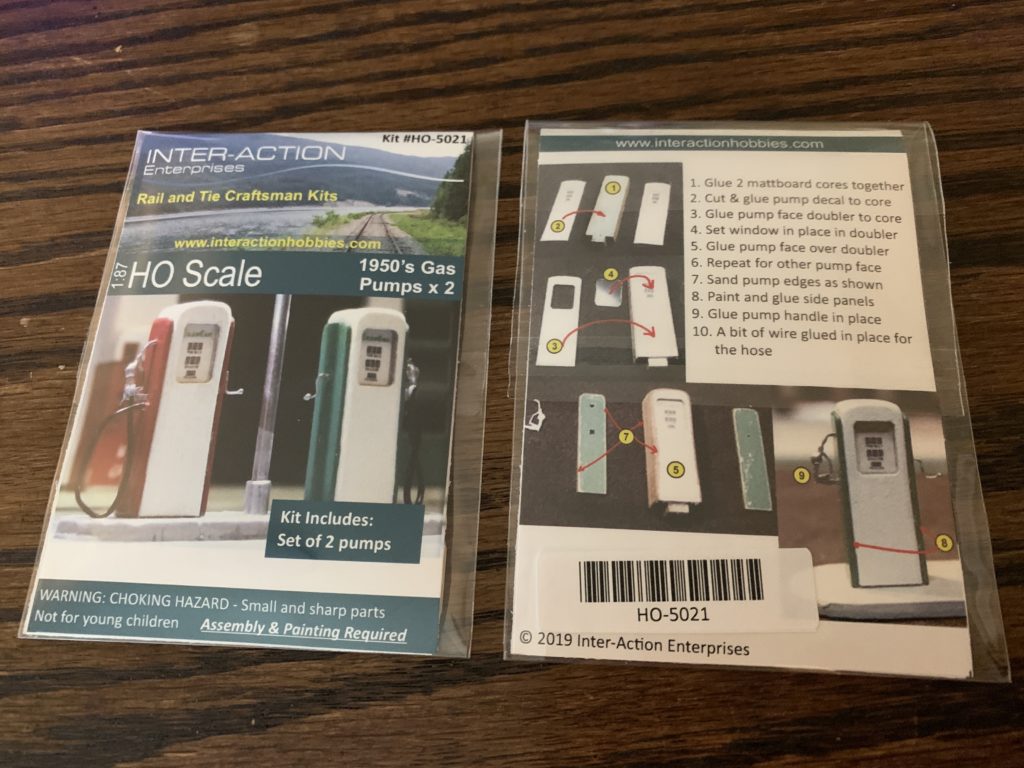
More details to come.
